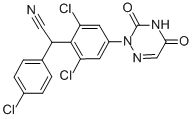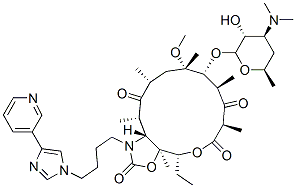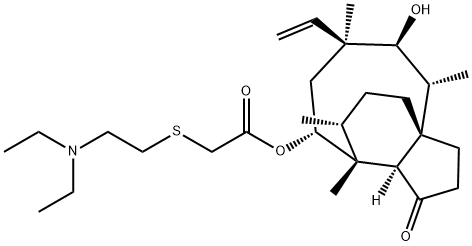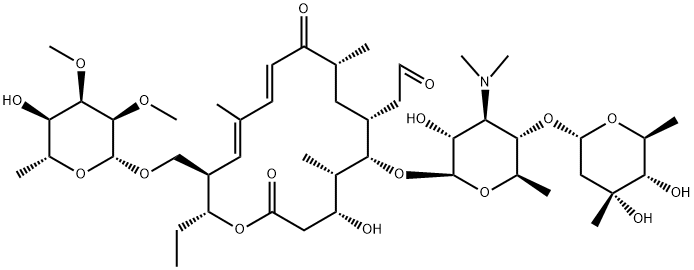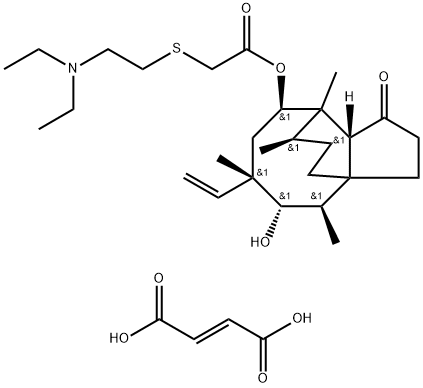TulathromycinA , 98% , 217500-96-4
CAS NO.:217500-96-4
Empirical Formula: C41H79N3O12
Molecular Weight: 806.09
MDL number:
EINECS: 638-829-0
| Pack Size | Price | Stock | Quantity |
| 5mg | RMB604.80 | In Stock |
|
| 25mg | RMB1344.00 | In Stock |
|
| 100mg | RMB2822.40 | In Stock |
|
| 500mg | RMB6774.40 | In Stock |
|
| others | Enquire |
PRODUCT Properties
| Melting point: | 186-188oC |
| Boiling point: | 853.8±65.0 °C(Predicted) |
| Density | 1.17 |
| storage temp. | Keep in dark place,Inert atmosphere,Store in freezer, under -20°C |
| solubility | DMSO (Slightly), Methanol (Slightly) |
| form | Solid |
| pka | 13.19±0.70(Predicted) |
| color | White to Off-White |
Description and Uses
Tulathromycin A, marketed as Draxxin by Pfizer Inc., is a triamide antibiotic used for the treatment of respiratory diseases in cattle and pigs. It exists as a balanced mixture of two isomers, Tulathromycin A (90%) and B (10%). Tulathromycin is an antimicrobial agent of a macrolide, a 15-membered macrolide structure that is considered a triamide macrolide with three charged nitro groups.
Tulathromycin A is used for the treatment of pulmonary diseases in pigs and cattle.
In cattle, tulathromycin is used for the treatment of rinderpest caused by Haemolytic rinderpest, polyvalent rinderpest and Haemophilus somnus (formerly Haemophilus somnus). It is also effective in the treatment of infections caused by Mycoplasma bovis. When used in high-risk calves, it is also used to prevent infections caused by these pathogens. It is also used for the treatment of bovine foot rot (interdigital necrotizing fungal disease) associated with Fusarium necrophorum and Fusarium oxysporum. A single dose is effective in bovine infectious keratoconjunctivitis (Mycobacterium bovis).
In pigs, it is used to control and treat SRD associated with Actinobacillus pleuropneumoniae, Bacteroides multilocularis, Bordetella bronchiseptica, Mycoplasma pneumoniae, and Haemophilus parasiticus, and tulathromycin has been used to treat lung abscesses.
Safety
| Symbol(GHS) |  GHS07 |
| Signal word | Warning |
| Hazard statements | H319-H412-H317 |
| Precautionary statements | P261-P272-P280-P302+P352-P333+P313-P321-P363-P501-P273-P501-P264-P280-P305+P351+P338-P337+P313P |


